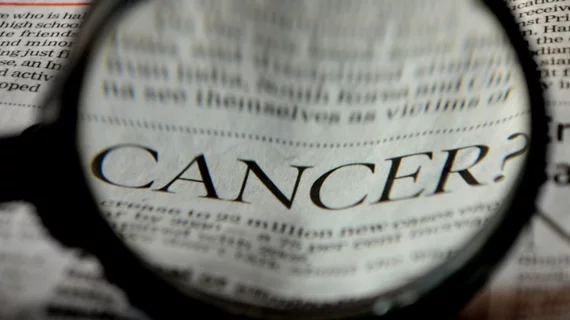System combining laser imaging, AI may make cancer operations safer and more effective
A new approach combining advanced optical imaging with artificial intelligence may change how pathologists diagnose brain tumors in real-time.
The method, described January 6 in Nature Medicine, gathers scattered laser light to spot tumor infiltration in tissue, identifying features invisible in traditional histologic images. When combined with AI, the approach performed similarly to humans, but did so in under two and a half minutes.
“As surgeons, we’re limited to acting on what we can see; this technology allows us to see what would otherwise be invisible, to improve speed and accuracy in the operating room, and reduce the risk of misdiagnosis,” senior author Daniel A. Orringer, MD, with NYU Grossman School of Medicine, said in a statement. “With this imaging technology, cancer operations are safer and more effective than ever before.”
In order to create their tool, Orringer and colleagues trained a deep convolutional neural network on more than 2.5 million samples taken from hundreds of patients. The resulting platform can classify 13 categories representing the most common brain tumors, such as malignant glioma, lymphoma, metastatic tumors and meningioma.
Researchers recruited 288 patients undergoing brain tumor resection or surgery for epilepsy from one of three university medical centers for their prospective trial. Brain tumor biopsies were gathered and split into a current standard control arm or the experimental group. The former takes the specimen to the lab, through processing, slide preparation and interpretation—a 20 to 30 minute process.
The AI-based approach was 94.6% accurate, compared with 93.9% for the human pathologist interpretations. And upon analyzing the diagnostic errors, Orringer and colleagues believe a pathologist using the AI-based approach could become nearly 100% accurate at diagnosing brain tumors.
Apart from the obvious gains in time-to-diagnosis, the researchers suggested their CNN approach could be useful for centers without expert on hand.
“Stimulated Raman histology will revolutionize the field of neuropathology by improving decision-making during surgery and providing expert-level assessment in the hospitals where trained neuropathologists are not available,” Matija Snuderl, MD, an associate professor at NYU added.

